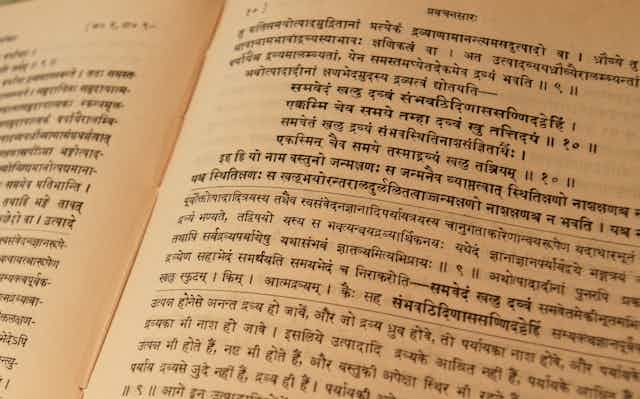The rapid rise of Asia means that Australia and the world find themselves in new strategic circumstances in this century. And that has immense implications for our young people.
The Australia in the Asian Century White Paper sets out an ambitious roadmap to make sure we achieve an Asia capable skill set by 2025. And that’s not a moment too soon. Five-year-olds who start school in Australia today enter the workforce in 2025 just as China and India become the world’s top economies.
Complacent for too long, we have needed a major change, and the white paper should give us that. This is not a government report – it is government policy.
A win for language
The white paper positions learning about Asia as business as usual in all schools. All children from the start of primary school will have the chance to learn about Asia including its languages, histories, geographies and cultures through the new Australian curriculum.
Importantly, their progress will be tracked. We haven’t had commitment to do that before - to know how our children are progressing is a vital to ensure that schools take this curriculum priority seriously.
All Australian schools are to be linked to a school in Asia to support language studies and to forge friendships with young people in China, Indonesia, India, Japan, Korea, Thailand and across the region.
All Australian students will have the opportunity to undertake a continuous course of Asian language study from Year 1 to Year 12 with priority on Chinese, Japanese, Indonesian and now Hindi.
The inclusion of Hindi as a priority Asian language is new. Currently only a handful of Australian schools teach Hindi and scaling this up will be a challenge. But the decision to include Hindi is welcome and consistent with the growing importance of India globally and to Australia. The fact that only 12% of Indians speak English has been too little understood and we have been complacent about the need to know India better.
Improving schools
Most importantly, the white paper’s school education objectives will be written into the upcoming National Plan for School Improvement. This plan is the federal government’s response to the Gonski review on school funding. It means that literacy objectives set out in the white paper are not an isolated education program. They are integrated into our national plan for improving all schools – required by all schools and all education systems. Asia capability is core, essential and necessary and the plan has funding attached to it to achieve this.
The white paper requires all education authorities at all levels, state and federal, to develop detailed strategies for the study of Asia and Asian languages to become a core part of Australian school education.
The education objectives must surely have bipartisan support taking into account that opposition leader Tony Abbott has been calling for a massive scale-up of young Australians studying an Asian language.
Bipartisan support is vital. Recent experience demonstrates that there is no short-term fix for Australian schooling. It will require substantial investment from both federal and state governments and we need a long term plan in place to guide progress.
If we lose this white paper’s momentum to equip our young people to navigate the Asian century, we do so at Australia’s peril.

